Anti-aircraft missile system IRIS-T SLS
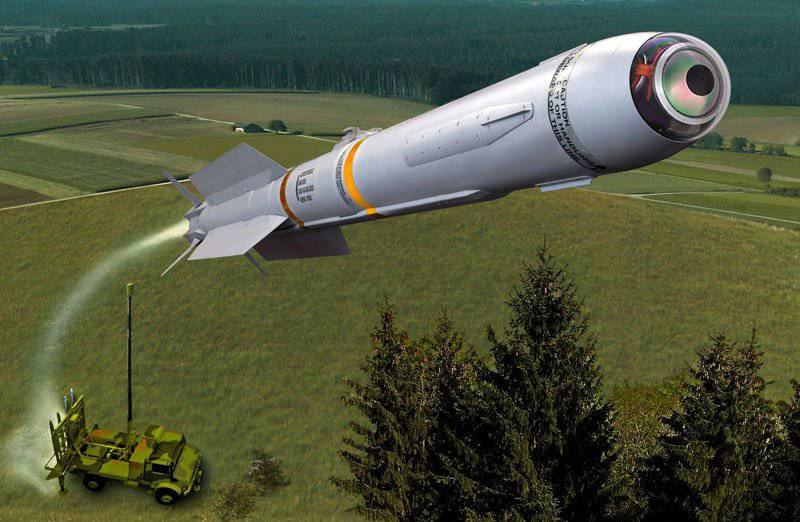
11 March 2013 of the Swedish Armed Forces Support Agency (FMV) announced that it has signed a contract with the German company Diehl Defense worth 270 million Swedish crowns ($ 41.9 million) to supply the Swedish armed forces with new short-range anti-aircraft missile systems IRIS-T SLS (Infrared Imaging System-Tail / thrust vector controlled) - infrared guidance system, controlled thrust vector; surface-launched, short-range - launched from the surface, short-range). The exact number of supplied systems is kept strictly confidential, and the supplies themselves are scheduled for the 2016 year.
SAM IRIS-T SLS provides all-around protection of critical objects from a wide range of threats, including cruise missiles, helicopters, airplanes, as well as unmanned aerial vehicles (UAVs). SAM IRIS-T SLS is a ground-based system, specially designed for the Swedish air defense. The complex includes a vertical-type launcher, a target designation system and a fire control system. The complex is able to work both in automatic and manual modes. The vertical launcher is located on a highly mobile tractor, and its weight and size characteristics allow it to be transported by air on C-130 transport planes. The modified air-to-air missiles of the IRIS-T are located in lightweight fiberglass transport-launch containers. The loading of eight such containers is carried out using a transport-charging machine in approximately 10 minutes. The rocket warhead ensures sufficient safety during transportation and loading of containers. According to the developers, the modularity of the system allows it to be installed on the 5000 order produced by Mercedes Unimog-class trucks, and thanks to its open and standardized architecture, it can be easily adapted to the network with existing and future components of the fire control system.
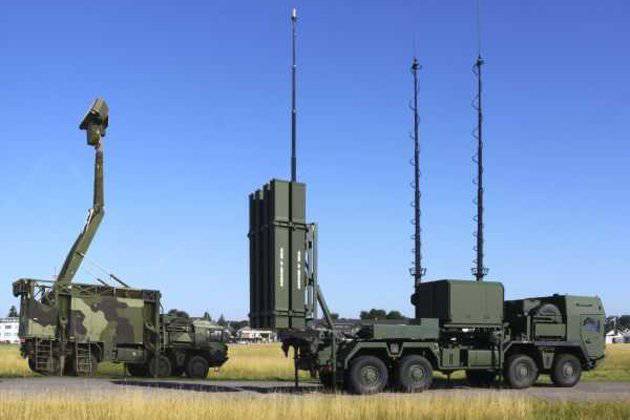
A vertically launched rocket with an infrared homing head (IR GOS) in the initial part of the trajectory is aimed at the target using the Giraffe AMB all-round viewing radar developed by the Swedish company Saab. This station provides the ability to detect targets at a distance of more than 100 kilometers and an altitude of more than 20 kilometers, while simultaneously accompanying 150 targets.
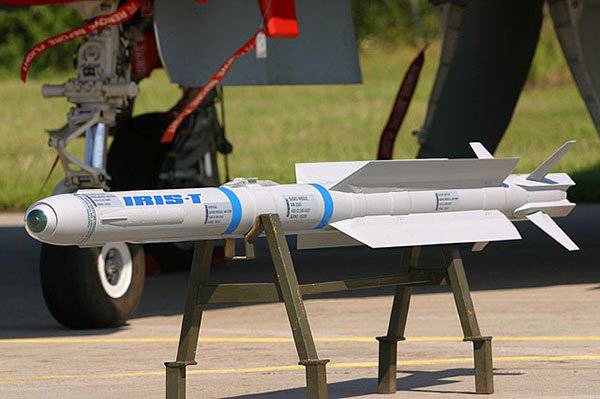
Development of the IRIS-T air-to-air missile began in 1998. The missile was intended to replace the AIM-9 Sidewinder missile currently in service with NATO countries. A consortium of six European countries took part in its development: Germany, Greece, Norway, Italy, Spain and Sweden. The main contractor in the program was the German concern Diehl BGT Defense. Other major companies participating in the program are MBDA, Hellenic Aerospace, Nammo Raufoss, Internacional de Composites and Saab Bofors Dynamics. In March 2002, the rocket was successfully tested, and in October 2003, Diehl BGT received final approval from the Federal Office for Defense Technology and Procurement for preparation for mass production. In December 2004, Diehl received a contract on behalf of all six European countries involved in the program for the serial production of IRIS-T missiles worth a total of € 1 billion. The first export client of the missile was the Austrian Air Force, which placed a contract for IRIS-T missiles at the end of 2005. In May 2008, South Africa ordered IRIS-T for its Gripen aircraft. In September 2009, Diehl signed a contract with Saudi Arabia to integrate the IRIS-T missile into the Eurofighter Typhoon and Tornado combat aircraft of the Saudi Air Force. Thailand also acquired a number of missiles. In total, by the end of 2012, more than 4000 IRIS-T missiles were delivered. IRIS-T has been successfully integrated on Eurofighter Typhoon, F-16 Falcon, F / A-18, Tornado and Gripen fighters. It is reported that the approximate cost of one rocket is about 400 thousand euros.
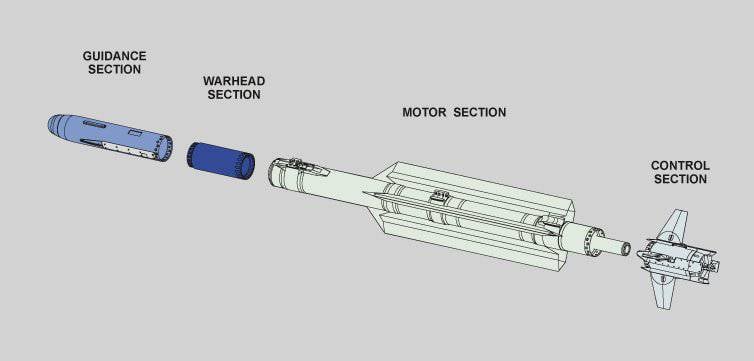
The IRIS-T rocket has a normal aerodynamic configuration. The case consists of four main compartments. The first is the guidance system, which includes an inertial navigation system, GPS and homing head, in the second combat part. In the middle part of the fuselage is the propulsion system, in the aft - cruciform steering wheels and gas rudders. The total length of the rocket is 2.94 meters, diameter 127 mm and total weight 89 kg. The rocket has the ability to capture the target before launch (lock-on before launch, LOBL), as well as capture the target after launch (lock-on after launch, LOAL). It is capable of intercepting an air target at a range of 25 km.
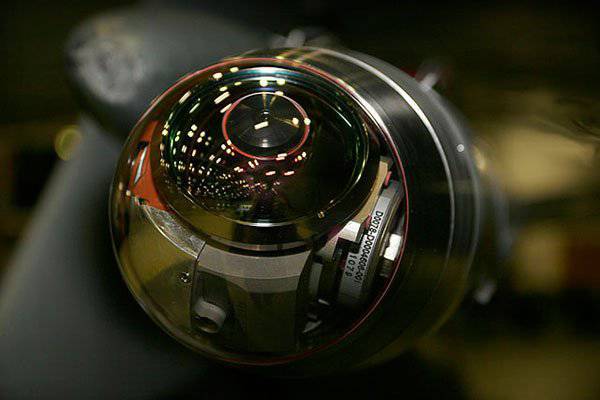
The infrared homing head has a high tracking target and intelligent high-resolution image processing. GOS has a proven high noise immunity. Due to the very wide angle of view and ability to receive target designation from the on-board radar or the helmet-mounted target designator, the air-to-air missile IRIS-T provides defenses for the 360 ° aircraft. The IRIS-T is equipped with a proximity fuse and a high-explosive fragmentation warhead to fight off attacking missiles.
IRIS-T is equipped with a solid fuel engine developed by Nammo and allows you to develop maximum speed in 3 Mach. The controlled thrust vector and the capture function after launching allow the rocket to hit targets in the rear hemisphere of the aircraft ("shot over the shoulder"). Due to the exceptional kinematics of the rocket, the internal operational dead zone is only a few hundred meters.
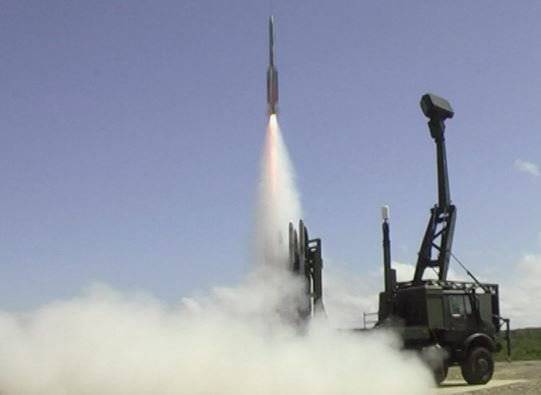
3 March 2008, the IRIS-T SLS SAM system was successfully tested at the OTB test site in the Republic of South Africa. Before 2011, 5 was successfully tested.
It should be noted that in February 2009 of the year Germany demanded to integrate the IRIS-T SL rocket with an increased range of up to 30 km into the MEADS project. However, this project deserves special attention and will be presented in a separate article.
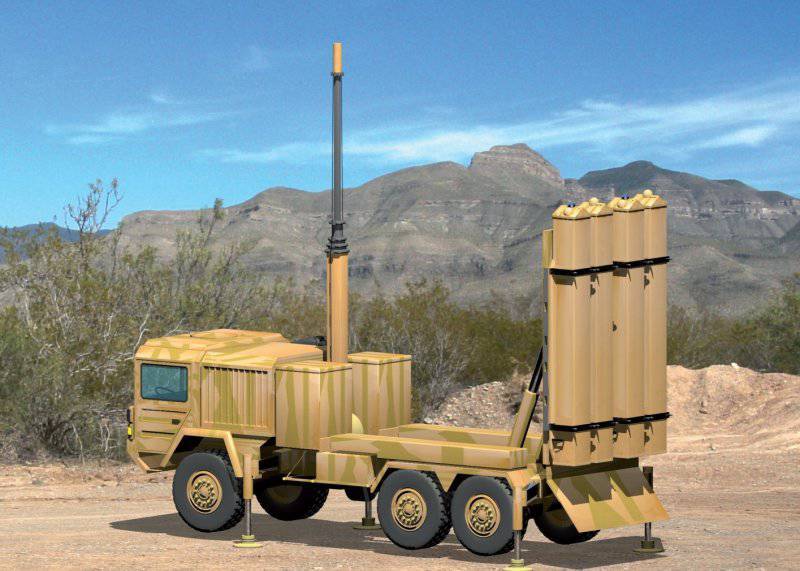
Information